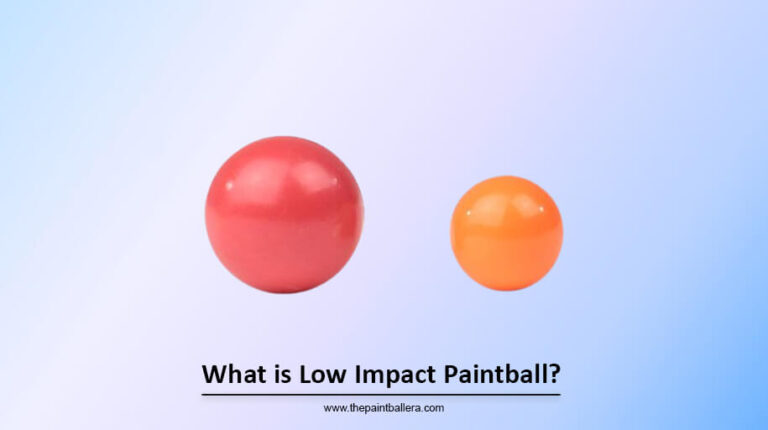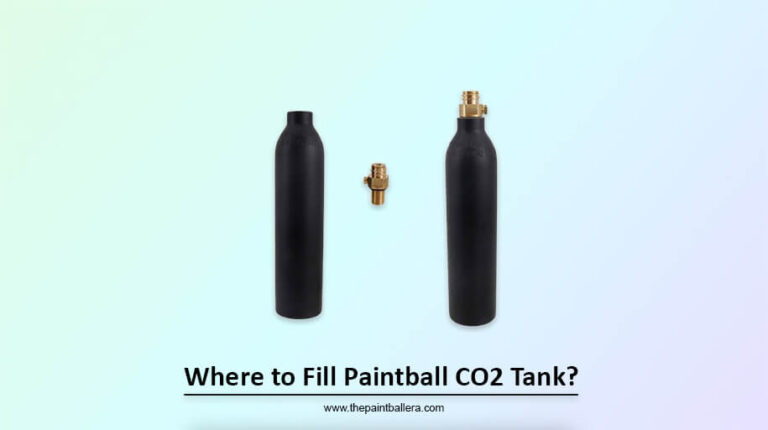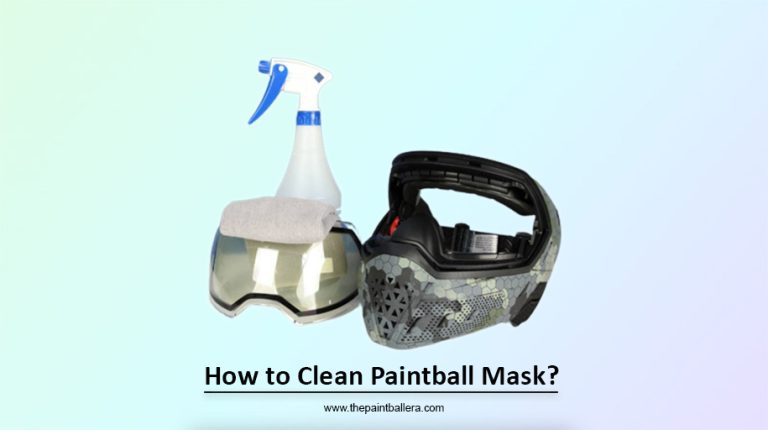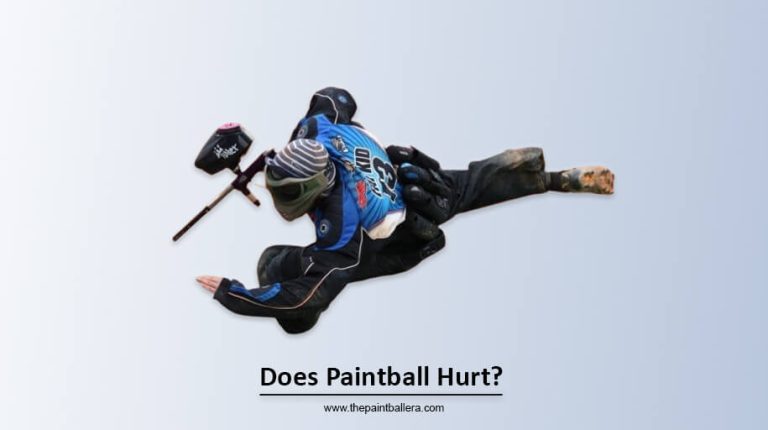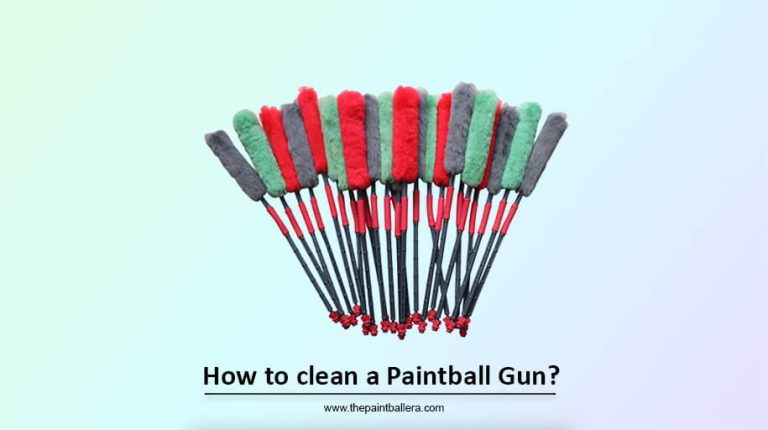What Are Paintballs Made Of?
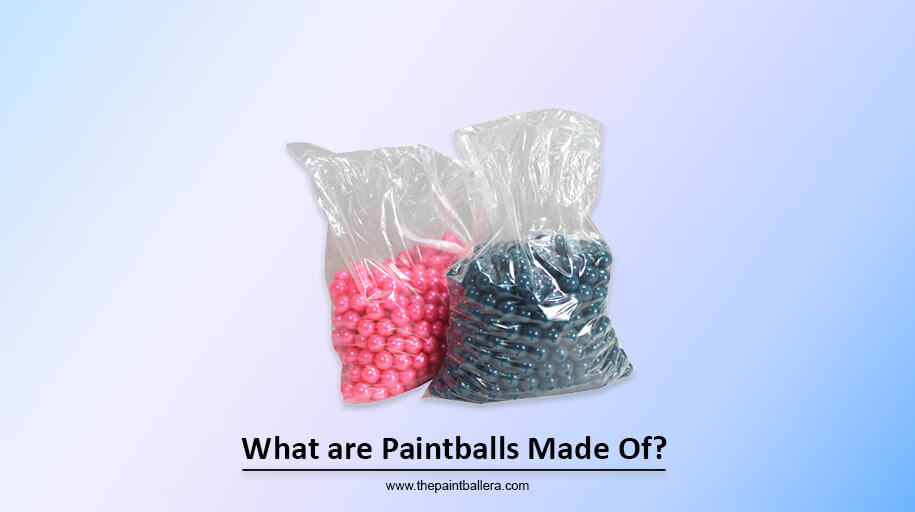
Hey there, paintball lovers and curious souls! So, you’ve been hit, splattered, and maybe even triumphed in a paintball match, but have you ever paused to think, “What are paintballs made of?” Yeah, it’s one of those questions that might not pop up while you’re ducking behind barrels, but it’s pretty essential, especially if you care about the quality of your game—and let’s not forget the environment.
This blog post is your ultimate guide to unravelling the mystery behind what’s inside those colorful little spheres that make the game so thrilling. Whether you’re a seasoned player or just getting started, you will want to know what you’re shooting.
What Are Paintballs Made Of? The Only Guide You’ll Need
If you’re passionate about paintball or just curious, understanding the components that make up a paintball can offer a more in-depth appreciation for the game.
It also allows you to make informed choices, especially when shopping for paintballs or concerned about their environmental impact. So, let’s dissect these colorful orbs and see what they’re made of.
How are Paintballs Made?
Wondering how paintballs transform from raw materials to the small, colorful spheres you know and love? The process is quite fascinating.
The outer shell of a paintball is generally made from gelatin, similar to what’s used in typical gelatin desserts. This shell is created by injecting or dripping the liquid gelatin into molds.
As for the vibrant insides, they’re typically a mix of water, food-grade dye, and other non-toxic substances. This mixture is poured into the gelatin shells, which are sealed and dried. The result is the paintball, ready to be fired from your marker and splatter in a burst of colour upon impact.
It’s like making a filled pastry: you need a sturdy yet breakable crust and a filling that can make its mark, literally and figuratively.
Are Paintballs and Their Shells Biodegradable?
For the Eco-Conscious Player
If you’re like me and care about your environmental footprint, you might wonder, “Are these paintballs and their shells biodegradable?” The answer is a mixed bag. While many brands are leaning towards making eco-friendly products, it still needs to be a universal standard in the industry.
The good news is that a growing number of paintball manufacturers are opting for food-grade, biodegradable materials for both the inner contents and the outer shell.
These eco-friendly versions are designed to break down naturally over time, leaving minimal environmental impact.
Tips for the Environmentally Savvy
Always check the packaging or consult the manufacturer to confirm whether their paintballs are biodegradable. Regardless of your type, cleaning up after your game is good practice. That’s not just good sportsmanship—it’s being a responsible Earth dweller.
Overview of Paintball History
How Did We Get Here?
Now that you know what paintballs are made of, you might wonder how this adrenaline-packed game existed. The concept of paintball originated in the 1960s but for an entirely different purpose—marking trees and livestock.
Yeah, you read that right! Eventually, someone got the brilliant idea to turn these marking tools into a recreational game, and voilà, the sport of paintball was born.
The Evolution of the Paintball
Over the years, the materials used in paintballs have evolved to improve performance and lessen environmental impact. Gone are the days of oil-based paints and hard shells; today’s paintballs are generally more user-friendly and, as we’ve noted, often biodegradable.
What Is In Paintballs?
The Outer Shell
Let’s dive deeper into the outer shell of a paintball. It’s usually made from gelatin, making it biodegradable and ensuring it can break upon impact. Some manufacturers are experimenting with alternative plant-based materials for those super eco-conscious players.
The main goal is to have a sturdy shell to withstand being fired from a marker but delicate enough to break upon hitting a target. It’s a delicate balance, my friends!
What’s On the Inside?
Alright, the moment you’ve been waiting for—what’s actually inside that shell? As mentioned earlier, it’s a concoction of water, food-grade dye, and other non-toxic elements.
This blend is designed to be easily washable and safe for the environment. No one wants to leave permanent rainbow stains on their opponents or the playing field.
How To Clean and Store Paintballs
Cleaning 101
Accidents happen. Maybe you spilt some paintballs, or they got dirty in some way. No worries—cleaning them is a breeze. Simply use a damp cloth to gently wipe off any dirt or grime, then let them dry completely before storing them.
Storage Smarts
You’ve invested in quality paintballs, so it makes sense to store them properly. Please keep them in a cool, dry place, away from direct sunlight. Humidity and heat can mess with the paintballs’ shape and overall quality.
A deformed paintball is more likely to jam your marker or not break upon impact, and we don’t want that, do we?
Alright, folks, we’ve covered a lot of ground, but there’s still more to know! Next is the edible—or not-so-edible—nature of paintballs.
Can You Eat Paintballs?
Given that paintballs often contain food-grade ingredients, it’s unsurprising that some folks might wonder, “Can you eat paintballs?” Let’s get this straight: Just because something is non-toxic doesn’t mean it’s edible.
While consuming a paintball is unlikely to cause severe harm, it can lead to an upset stomach or act as a laxative. Plus, the taste could be more appetizing. So, save your taste buds the agony and stick to eating actual food.
Conclusion
We’ve journeyed through the intriguing world of paintball composition, answering the pivotal question: “What are paintballs made of?” From their gelatin or plant-based shells to their non-toxic, often biodegradable insides, paintballs are more than just splatter-makers; they’re a testament to the ingenuity and ongoing evolution of the sport.
Whether you’re a seasoned player or a newbie, understanding what’s inside those colorful orbs can only enhance your game and your respect for the sport.

